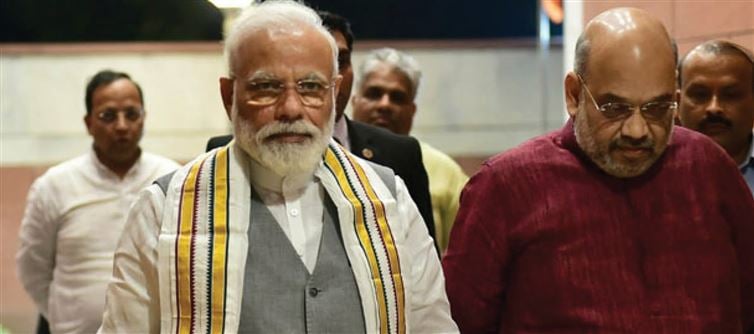
For decades, India’s political narrative has been dominated by accusations of dynastic politics—primarily aimed at the Congress. Yet a deep dive into the numbers reveals a shocking truth: the bjp, long championed as a meritocratic, anti-dynasty force, leads in absolute dynastic representation. Out of 387 MPs, ministers, and state legislators examined, 285 hail from the bjp, and 55 of them are dynastic heirs. Scale, not ideology, is driving this trend. While dynastic politics was once a punchline for critics of the congress, the BJP’s dominance exposes a far more systemic, cross-party issue: bloodlines are quietly trumping merit in India’s corridors of power.
1. bjp Tops the Dynastic Charts: The Numbers Don’t Lie
At first glance, the BJP’s 18.6% dynastic representation may seem modest, especially against Congress’s 30%+ share. But the absolute numbers are staggering. Out of 2,078 legislators, 387 key MPs and state representatives, and a whopping 285 bjp members, 55 are dynastic heirs. The bjp is leading the pack not because it’s promoting meritocracy, but because sheer scale magnifies its dynastic footprint. The optics of meritocracy crumble when the numbers reveal a silent, hereditary takeover.
2. congress May Have Higher Percentages, But bjp Rules in Real Terms
Critics often highlight percentages, pointing fingers at Congress’s 30%+ dynastic legislators. Yet, numbers in isolation can be deceiving. Absolute dynastic counts favor the bjp, exposing a paradox: while the BJP’s ideology promises merit and discipline, the party itself is quietly grooming heirs to inherit power. In other words, dynasty isn’t just a congress problem anymore—it’s a systemic plague, and the bjp is its largest carrier.
3. The Myth of BJP’s Anti-Dynasty Credibility
The bjp has long positioned itself as a party of the “common man,” touting meritocracy and ideology over family ties. Yet the data tells a different story. With 51 dynastic politicians across the country, even grassroots and state-level representation is increasingly influenced by bloodlines. It’s a brutal reminder: the party’s anti-dynasty rhetoric may have been more marketing than mission.
4. Scale vs. Ideology: How Numbers Expose Systemic Politics
It isn’t ideology but sheer numerical dominance that puts the bjp at the top of dynastic politics. A bigger parliamentary presence automatically increases the probability of dynastic representation. But this “scale excuse” only scratches the surface. The deeper issue is systemic: indian politics rewards lineage, regardless of party. Merit, effort, or public service often takes a backseat to bloodlines—a brutal reality hidden behind campaign slogans and social media narratives.
5. Bloodlines Across the Spectrum: No party is Immune
From congress to regional players like DMK, Shiv Sena, and Trinamool congress, dynastic politics runs deep. The bjp may lead in absolute numbers, but the trend transcends party lines. This isn’t about political ideology; it’s about a deeply entrenched system that perpetuates family-based succession over genuine representation. For voters, this raises a crucial question: are we electing leaders or heirs?
Conclusion: The Hidden Crisis in indian Democracy
Dynastic politics is no longer a convenient political talking point—it’s a structural crisis. The BJP’s high absolute count of dynastic heirs exposes the fragile myth of meritocracy. While parties like congress get blasted for percentages, the reality is far more brutal: indian democracy continues to favor lineage over leadership. And until voters demand real change, the corridors of power will remain the playground of heirs, not the crucible of talent.




 click and follow Indiaherald WhatsApp channel
click and follow Indiaherald WhatsApp channel